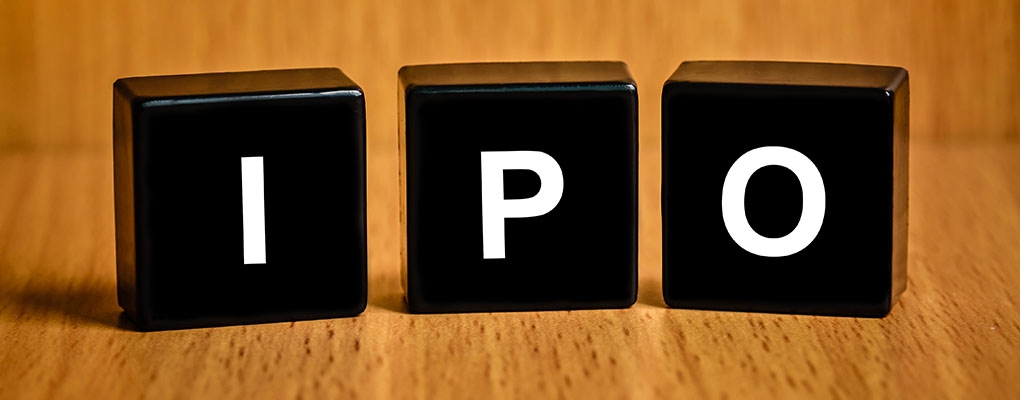Understanding the Key Steps and Findings of a Professional Plumbing Inspection Process
Homeowners often overlook the importance of regular plumbing inspections, assuming that everything is functioning smoothly. However, a professional plumbing inspection can reveal hidden issues that may lead to costly repairs down the line. During this thorough examination, several key areas are assessed to ensure a home’s plumbing system is in optimal condition.
One of the critical components evaluated during the inspection is the pressure check. This process measures the water pressure throughout the plumbing system, identifying any anomalies that could indicate leaks or other problems. Maintaining proper water pressure is vital for both efficiency and functionality within the home.
Another important aspect of the inspection is the water heater assessment. This part of the evaluation focuses on the age, condition, and performance of the water heater, ensuring it operates safely and effectively. By addressing any potential issues with the water heater early on, homeowners can avoid unexpected breakdowns and extend the lifespan of this essential appliance.
Identifying Common Plumbing Issues and Risks
Understanding common plumbing problems is vital for homeowners and property managers. Regular inspections can help identify these issues before they escalate.
- Leaks: One of the most prevalent issues, leaks can occur in pipes, faucets, and fixtures. Detecting leaks early helps prevent water damage and mold growth.
- Pipe Integrity: Aging pipes may corrode or fracture, leading to potential failures. Inspecting the material and condition of pipes can reveal hidden risks.
- Clogs: Accumulation of debris, grease, and other materials can hinder drain flow. A thorough drainage examination can help identify the source and severity of any clogs.
- Water Pressure Issues: Low or fluctuating water pressure may indicate underlying problems such as blockages or leaks in the plumbing system.
- Drain Flow Test: Performing this test determines how well water drains through the system, highlighting any areas needing attention.
- Ventilation Problems: Poor ventilation in drainage systems can lead to slow drainage and unpleasant odors. Ensuring proper venting is crucial for effective plumbing performance.
Being aware of these issues allows homeowners to take proactive measures, ensuring their plumbing remains functional and reliable.
Understanding the Inspection Process and Tools Used
A professional plumbing inspection involves a systematic evaluation of the entire plumbing system. The technician will begin by assessing the pipe integrity, looking for signs of wear, corrosion, or leaks. This step is crucial to ensure that the piping is in good condition and functioning correctly.
Additionally, a pressure check is conducted to evaluate the water pressure levels within the system. Abnormal pressure readings can indicate underlying problems, such as blockage or leaks that need attention. This measurement helps maintain optimal flow and prevents damage to fixtures.
The inspection also encompasses a thorough water heater assessment. The technician examines the heater for efficiency, potential leaks, and safety measures, ensuring that it operates effectively and adheres to safety standards.
Another key component of the inspection is a detailed fixture inspection. Each fixture, including faucets, sinks, and toilets, is evaluated for proper function and potential issues like drips or clogs. This helps in identifying which fixtures may require repair or replacement.
To further analyze the drainage system, a drain flow test is performed. This test assesses the flow of water through the drains, identifying any restrictions or clogs that could cause future problems. A thorough plumbing check ensures that all parts of the system work harmoniously.
Utilizing advanced tools allows plumbing professionals to perform a more accurate inspection, helping homeowners avoid costly repairs down the line. For those needing a detailed plumbing evaluation, consider reaching out for assistance at https://plumbingrepairlaverne.com/.
Determining the Cost of Repairs and Maintenance Needs
Understanding the cost of repairs and maintenance following a plumbing inspection requires a thorough analysis of the findings. The integrity of pipes is paramount; any identified leaks or weaknesses may necessitate immediate attention and could influence overall repair costs. Estimating these expenses often involves evaluating the severity of issues discovered during the plumbing check.
System diagnostics play a critical role in determining what repairs are needed and how urgent they are. Advanced tools enable inspectors to assess the plumbing system comprehensively, ensuring that hidden problems are not overlooked. For instance, a small crack in a pipe may seem insignificant, but if it is located in a hard-to-reach area, the repair costs could escalate due to labor intensity.
Fixture inspection also contributes to the overall cost assessment. Replacing outdated or malfunctioning fixtures may be necessary to enhance system performance and prevent future issues. The inspector’s recommendations regarding fixtures, combined with the condition of pipes and other essential components, form the basis of an accurate repair estimate.
In conclusion, the total cost for plumbing repairs and maintenance hinges on the detailed findings from the inspection, including pipe integrity, system diagnostics, and fixture condition. Comprehensive planning based on these insights helps homeowners prepare for potential costs effectively.












